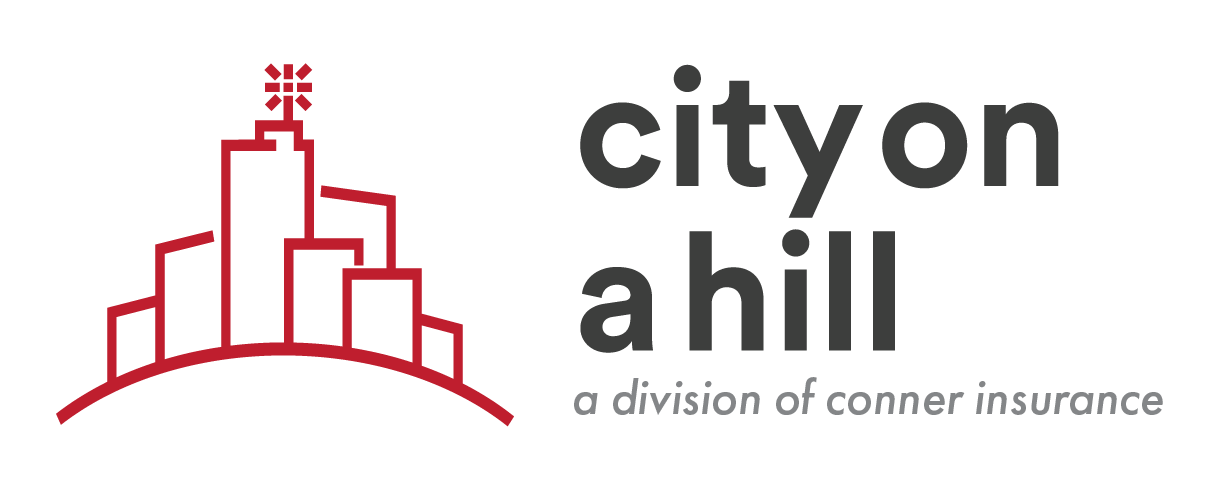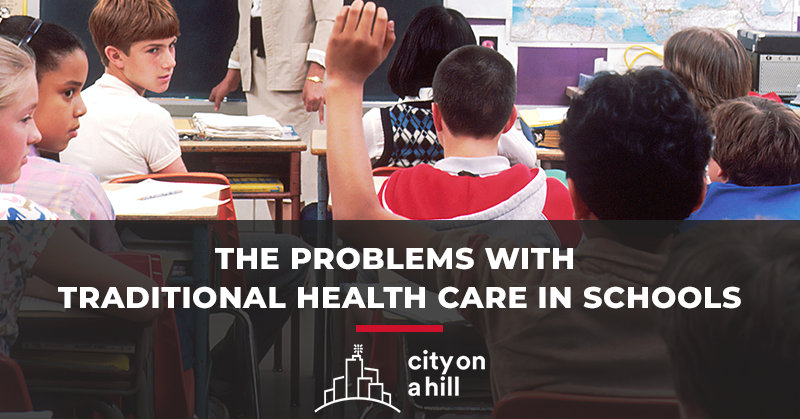And How to Solve Them
The traditional health care model that so many Christian schools are locked into is broken. These schools are stuck in a cycle of inefficiency: Their insurance carrier raises its prices to an unsustainable level, so the school goes back to the market and finds a more affordable alternative—even if it means they still have to pay a little more than they currently do. A year later, prices once again reach an unbearable rate, so they head back to the market once more. By breaking out of this cycle, schools can pursue reliable plan options that provide consistent rates and high-quality care for employees.
When schools switch from plan to plan every few years, everyone suffers. Administrators spend weeks sorting through plan options, completing paperwork, and hoping for a smooth transition. For the employees, changes to the plan often mean a disruption in care as they seek out new doctors in the network. The worst part, however, is something that impacts everyone. In most cases, switching plans within the traditional health care model fails to provide a long-term cost-savings solution for the business or the employees.
Breaking out of the traditional health care mold solves that problem.
A Better Solution
Self-funded plans and group plans are proven alternatives to the typical health care model. By pulling together to negotiate lower rates, schools may finally experience something they haven’t felt within their health care program for years: stability. With this newfound stability, schools reap numerous benefits, including:
1. Cost savings. With the power of self-funding or group plans, you’re never at the mercy of the insurance companies. Instead, you can leverage your buying power to access significantly lower plan prices. The savings potential here is enormous. In a traditional plan, all of the money you budget for the year goes to the insurance company. If your employees stay healthy and don’t use the plan very often, the insurance company enjoys handsome profits from your team’s health. In a self-funded plan, meanwhile, your excess budget could potentially come back to your school at the end of the year as a refund.
2. Consistency. Maintaining the same plan each year leads to easier forecasting, planning, and budgeting for your school, and employees can remain with the same provider without worrying about a disruption in care. As an added bonus, you don’t spend weeks on open enrollment every year, sorting through potential vendors, comparing rising prices, communicating changes to employees, and distributing new health care cards.
3. Better care and health outcomes. With a great plan, employees can visit the same doctors every year without worrying about who will write their prescriptions or help them when they’re sick. Since these employees visit the same doctors each year, their care is never interrupted—which means they could experience better health outcomes. For many employees, sticking with the same plan each year makes them feel comfortable while giving them an extra sense of confidence that they will receive the treatment they deserve.
Improvements for Everyone
The traditional health care model that so many schools are locked into is broken.
Every two or three years, we watch schools return to the market in search of a health plan that provides the smallest rate increase without disrupting coverage for employees.
There’s a better way.
By leveraging self-funded and group plan strategies, schools can access significantly lower rates that remain steady from year to year. In breaking away from the traditional health care cycle, schools can pursue new, reliable plan options that provide better rates and high-quality care for employees. With an optimal plan, school leaders avoid returning to the market every two or three years in search of the least painful plan. By switching, these leaders can find a plan that works.



